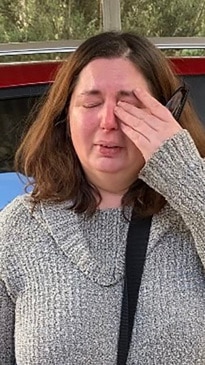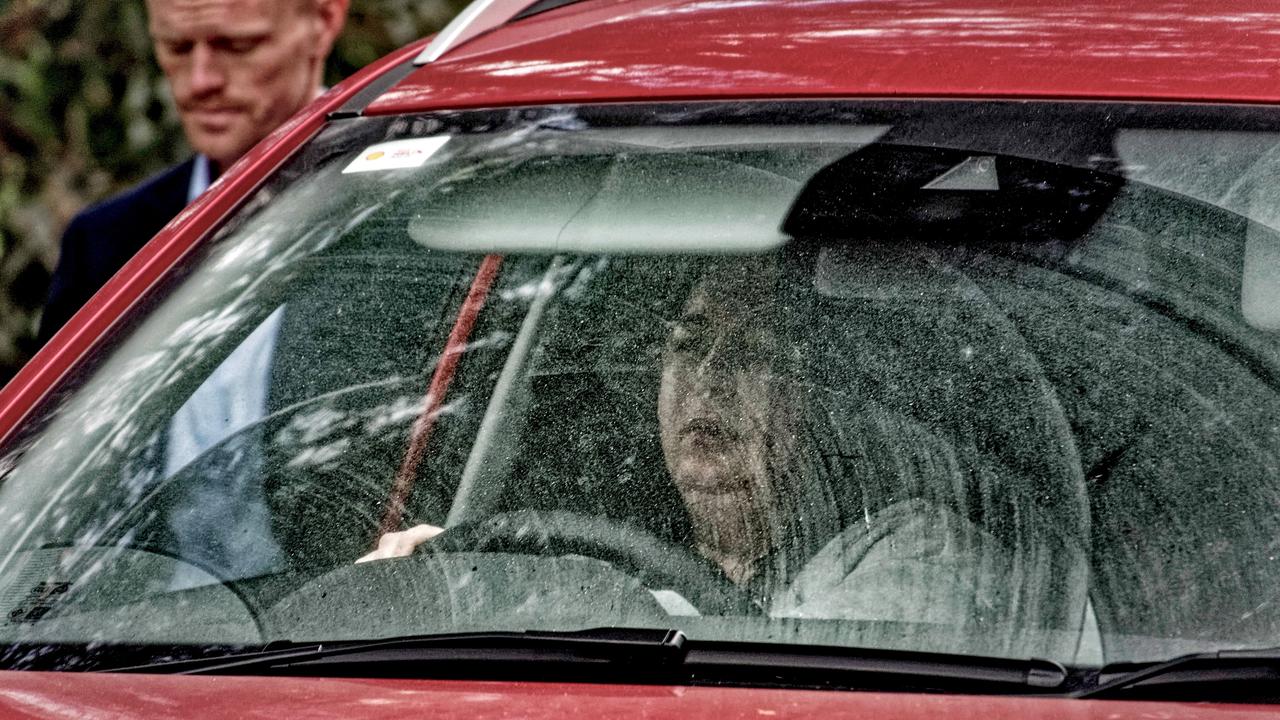Australians warned to be ‘extremely careful’ of death cap mushrooms as foraging trend goes viral
Aussies have been urged to be “extremely careful” if partaking in a viral social media trend.

Australians are being warned against taking part in the viral trend of “mushroom foraging” after a food safety body deemed it potentially life-threatening.
The alert comes less than a year after three people died after eating a beef wellington – allegedly containing death cap mushrooms – at a family lunch in Leongatha, Victoria in July 2023.
Following the high-profile incident, Erin Patterson, 49, was charged with the murder of her estranged husband's parents Don and Gail Patterson and aunt Heather Wilkinson, as well as the attempted murder of his uncle Ian Wilkinson.
Ms Patterson will defend the charges.
Death cap mushrooms are known to thrive a couple of weeks after wet weather and have been previously sighted in Canberra, Melbourne, Adelaide and Tasmania.

The Food Safety Information Council issued a statement on Sunday, warning Australians who want to partake in wild mushroom foraging to be “extremely careful” if they want to avoid “deadly” death cap mushroom poisoning.
Social media influencers who forage for wild food have encouraged a spike in recreational mushroom gathering across Australia, but Food Safety Information Council chair Cathy Moir wants to emphasise the “life-threatening” risks involved.
“We are particularly concerned about this growing online promotion of mushroom foraging with some wild mushroom social media groups having over 40,000 members seeking to have their photos of mushrooms identified by fellow foragers,” she said.
Influencers and search engines like Google are often not reliable sources for accurately identifying Australian mushrooms as they often only recognise Northern Hemisphere mushrooms and fungi species are known to change appearance during their growth cycle.

What to do if you think you’ve eaten a death cap mushroom?
The poison in a quarter of a cap of one death cap mushroom, if eaten, is enough to kill a healthy adult and the toxin cannot be destroyed by peeling, cooking or drying.
Symptoms of poisoning include vomiting, diarrhoea and stomach cramps and usually appear 10 to 16 hours after eating.
These symptoms may ease for two to three days before a terminal phase of begins on day three or four.
Without early, effective medical intervention people may go into a coma and die after two or three weeks of liver and kidney failure.
While most of the deaths from mushroom poisoning in Australia result from death cap mushrooms there are other species of wild mushrooms that have been known to make people seriously ill.

These include the Cortinarius and Galerina species, the ghost mushroom (which is commonly mistaken for oyster mushrooms), and the yellow stainer which resembles a field mushroom.
“[They] are difficult to distinguish from some other wild mushrooms so we recommend you play it safe and only eat mushrooms that you have purchased from a supermarket, greengrocer or other reputable source,” Ms Moir said.
“We recommend supporting local mushroom growers especially as they lost sales last year after extensive media coverage of alleged death cap poisonings.”
She added that people who want to grow mushrooms at home should be careful not to accidentally contaminate them with wild spores, which could be toxic.



